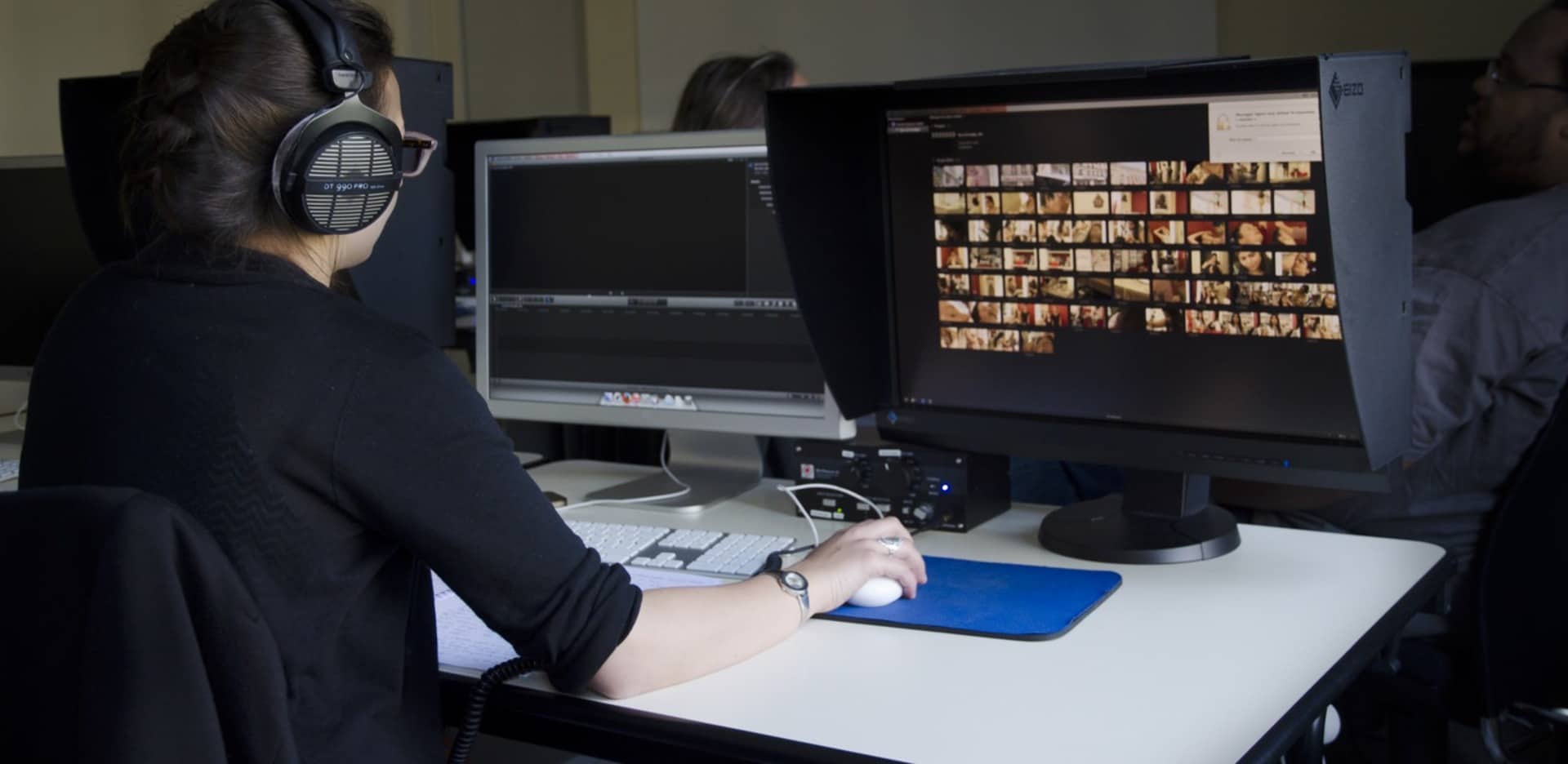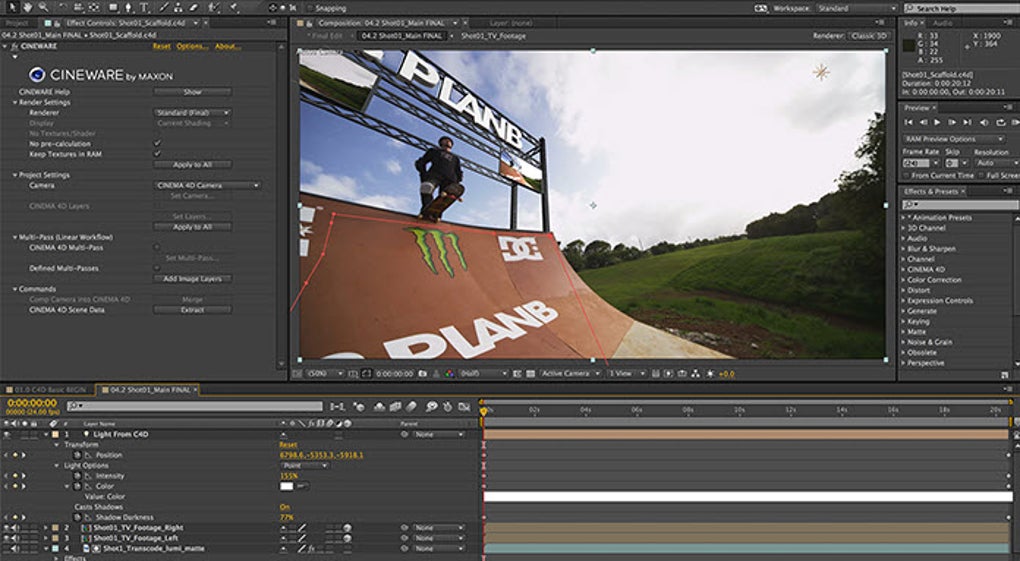

- #Adobe after effects guide how to
- #Adobe after effects guide pdf
- #Adobe after effects guide download
The Material Options specify how an After Effects 3D layer reacts to light layers.

These options are only available when working in the Cinema 4D or Ray-traced 3D renderer, which we won’t be discussing in this tutorial. Since you’re working in the Classic 3D renderer, Geometry Options remains greyed out. You’ll also notice Orientation and individual Rotation properties for X, Y, and Z axes.Īlso, when you switch a layer to 3D, two new sections appear underneath the Transform properties-Geometry and Material Options. With this new axis comes a plethora of additional Transform properties, including Z information for Position, Anchor Point, and Scale. Again, the 3D switch essentially adds a third dimension (Z-axis) to a layer. If you can’t see the 3D layer switch, press the Toggle Switches/Modes button located at the bottom of the Timeline panel. To convert a layer from 2D to 3D, simply select the 3D layer switch in the Timeline or go to Layer > 3D Layer.

#Adobe after effects guide how to
Let’s have a closer look at how to achieve this. We’re essentially creating a third dimension (Z space) to our project and adding Z attributes to our 2D layers. While we will call these layers “3D”, they’re still flat images. There will be no 3D objects with any kind of extrusion. It’s important to realize that when working in the Classic 3D renderer workspace we’ll simply be manipulating 2D layers in 3D space. To get started with a 3D project, we first need to have a few 3D layers with which to work. However, since this is a beginner’s guide I’m going to stick with the Classic 3D renderer workspace. To access and change the renderer, go to Composition > Composition Settings and select the 3D Renderer tab. If you’ve been using the program for a while, this feature can help bring your motion graphics to the next level.įor more advanced features such as extruding text and shape layers, you can work in the Cinema 4D or Ray-traced 3D renderer. You can create and customize virtual lights and cameras for some interesting and dynamic results. This feature provides a number of tools and settings which allow you to change the AE workspace from 2D to 3D. The application has many features that often go overlooked, such as the Classic After Effects 3D renderer. I believe it’s much more powerful than most people think.
#Adobe after effects guide pdf
📚 The course recommends downloading the PDF and project folder before starting to ensure a smooth learning experience.After Effects is an extremely powerful program.

#Adobe after effects guide download
💼 The exercise documents provided in the download folder have been carefully developed to aid your learning experience in Adobe After Effects.🎬 The Create a Project section allows learners to apply what they have learned in the Essential Practice section to create a project from scratch.🌐 The process of creating a complete presentation in After Effects involves focusing on each part individually and then exporting the finished video to the correct format for online publishing or broadcast.🎥 Creating a video presentation in Adobe After Effects involves using a variety of creative tools to edit video, apply transitions and effects, animate typography and graphics, and synchronize animations to audio.🎥 After completing this course, you will be able to create your own video presentation in Adobe After Effects, ready to export and share.📚 This beginner's guide to After Effects is designed to bring users up to speed with the program and teach them the methods used to create videos with simple animation.


 0 kommentar(er)
0 kommentar(er)
